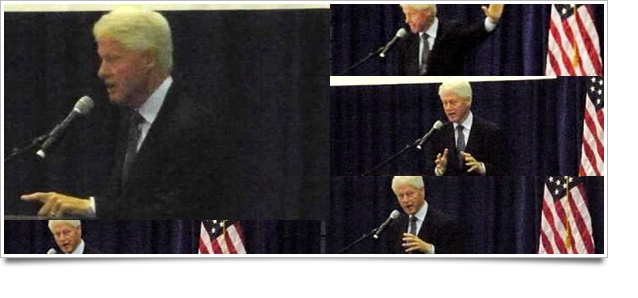Keeping Up with the Hiring Times
By Alex Sukhoy
I see a lot of resumes. Not just client resumes, but also, those of friends, family members, students and fellow alumni. There’s a lot of opinions on how these should look and the big trend these days is adding the visual components, such as company logos, that mirror what LinkedIn is enabling.
Before you even consider propelling into the resume future, I encourage you to at least take the time to make sure your resume isn’t part of some 20 year old job hunt past. I know what resumes looked like back then because I was in college and graduating and applying and interviewing. Back then, the physical documents were printed on expensive, heavy coated and patterned paper. It’s what was expected.
One of my ’90s jobs was working for Claire’s Stores. I spent five years growing within that retail organization and, while even today when you walk in you see all the shiny and sparkly accessories you can possibly adorn yourself with, accessorizing your resume is a thing of the past.
Today the look is clean and clear. There’s two critical reasons for this. First, resumes are uploaded, emailed, downloaded and then printed on office copiers. More importantly, today’s hiring managers are over-worked, triple-booked and under-staffed. They don’t have the time to hunt for your gold. It’s now your job to make sure every single detail sparkles and shines. It just shouldn’t be a jewelry store.
Here’s a list of 5 things you can do to help yourself get there. By time-machining your resume to here, the present.
1. Use a Sans-Serif Font. In layman’s terms this means using a font that doesn’t have a little stem on the end of each letter line. So, instead of say, Times New Roman, use Ariel (the poor man’s Helvetica). If you have Helvetica, even better. But avoid anything that takes up more lead space than it should.
2. Remove Those Pesky Tables. Tables belong in spreadsheets. They don’t belong on your resume. If you’re listing your skills, which you should, at the top of page 1, then use bullets and then make 2 columns out of them.
3. Drop the Resume Template. Please, at all cost, avoid the template that a certain company created, you guessed it, back in the ’90s. Do your own hierarchy. Use one font. Don’t let something first designed when AOL disks spammed your physical mailbox determine how you’re perceived today.
4. Skip the Bar. That line underneath your contact information, the one that tells everyone that the actual resume is about to start, well, that’s as outdated as the first cell phone you ever used. Instead, include all your contact information on the Header of your resume, ensuring it repeats on each page.
5. Protect Your References. If a job application specifically asks you to list references, then you legally must do so. And if a hiring or HR manager will ask you for names, provide them. But don’t list them on your resume. And certainly avoid the useless “References Available Upon Request.” Real estate these days, even on your resume, is expensive. Treat it as such.
I miss the Clinton Era as much as anyone. Heck, I even wrote a book called The ’90s. But when it comes to our careers and, really, our lives, we either live in the present or we’re viewed as relics of the past. What decade do you want your resume to signal?
 Alexsandra (Alex) Sukhoy, a globally-networked creative and business professional, is CEO of Creative Cadence LLC. Her Career Coaching skills have resulted in numerous success stories for her clients.
Alexsandra (Alex) Sukhoy, a globally-networked creative and business professional, is CEO of Creative Cadence LLC. Her Career Coaching skills have resulted in numerous success stories for her clients.
Her third novella, The ’90s: Diary of a Mess, reached #14 on the Kindle Poetry & Anthologies Best Sellers List.
Alex recently completed her new book: The Dating GPS™, with childhood friend and Relationship Coach Anita Myers.
Follow Alex on Twitter: @creativecadence
